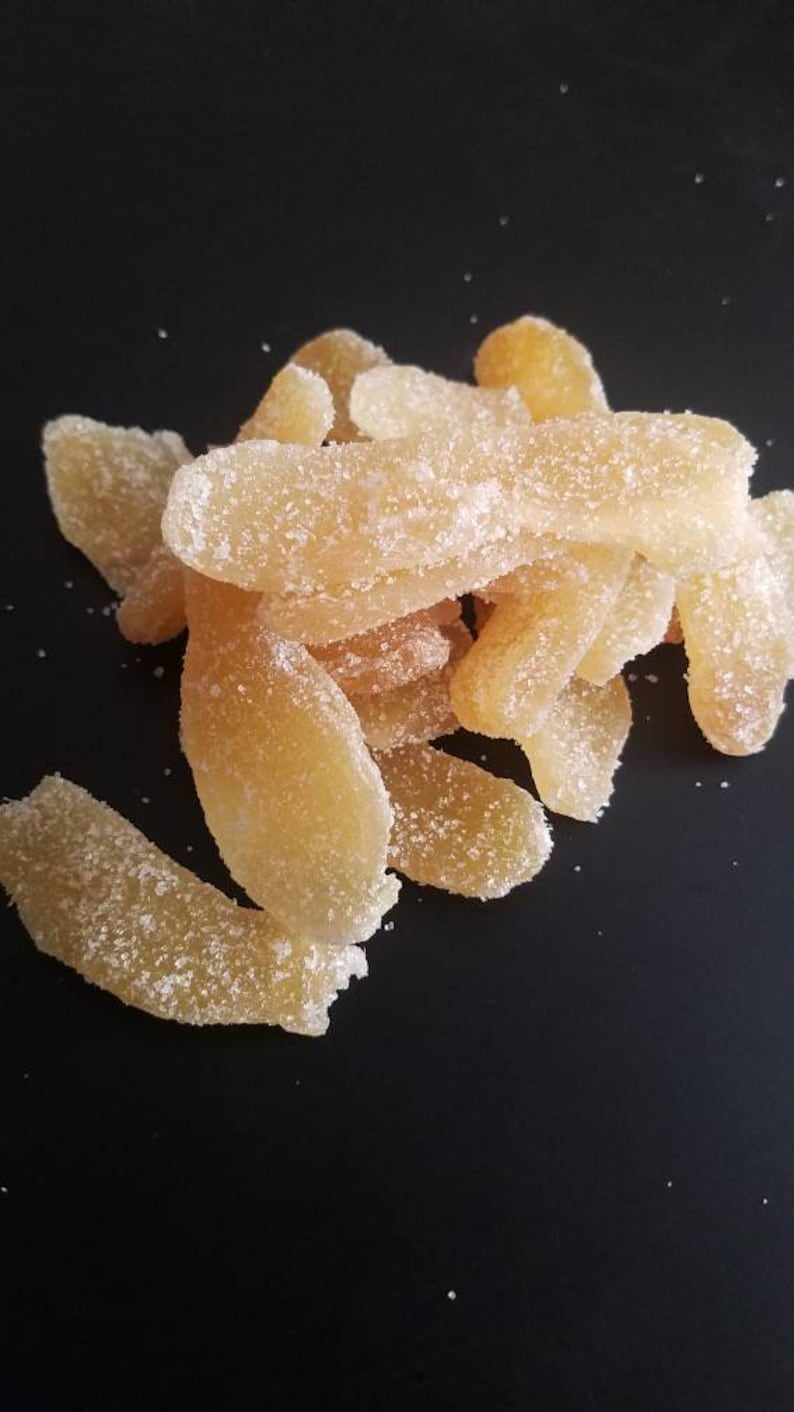

įrom India, it was carried by traders into the Middle East and the Mediterranean by around the 1st century CE. It was also carried by Austronesian voyagers into Madagascar and the Comoros in the 1st millennium CE.

They also presumably introduced it to India along with other Southeast Asian food plants and Austronesian sailing technologies, during early contact by Austronesian sailors with the Dravidian-speaking peoples of Sri Lanka and South India at around 3,500 BP. Reflexes of the Proto-Malayo-Polynesian word * laqia are still found in Austronesian languages all the way to Hawaii. They introduced it to the Pacific Islands in prehistory, long before any contact with other civilizations. Ginger was carried with them in their voyages as canoe plants during the Austronesian expansion, starting from around 5,000 BP. It was also used in the blessing of Austronesian ships. Aside from these uses, ginger had religious significance among Austronesians, being used in rituals for healing and for asking protection from spirits. The rhizomes and the leaves were used to flavour food or eaten directly. They cultivated other gingers including turmeric ( Curcuma longa), white turmeric ( Curcuma zedoaria), and bitter ginger ( Zingiber zerumbet). The most ancient evidence of its domestication is among the Austronesian peoples where it was among several species of ginger cultivated and exploited since ancient times. It is a true cultigen and does not exist in its wild state. Ginger originated from Maritime Southeast Asia. The word probably was readopted in Middle English from the Old French gingibre (modern French gingembre). The Sanskrit word is thought to come from an ancient Dravidian word that also produced the Tamil and Malayalam term iñci-vēr (from vēr, "root") an alternative explanation is that the Sanskrit word comes from srngam, meaning "horn", and vera, meaning "body" (describing the shape of its root), but that may be folk etymology. The English origin of the word "ginger" is from the mid-14th century, from Old English gingifer, which derives in turn from the Medieval Latin gingiber, gingiber from the Greek ζιγγίβερις zingiberis from the Prakrit (Middle Indic) siṅgabera, and siṅgabera from the Sanskrit śṛṅgavera. In 2020, world production of ginger was 4.3 million tonnes, led by India with 43% of the world total.

It remains uncertain whether ginger is effective for treating any disease, and use of ginger as a drug has not been approved by the FDA. Used in traditional medicine in China, India and Japan for centuries, and as a dietary supplement, research shows that ginger may be helpful for mild nausea and vomiting associated with pregnancy, although its safety has not been demonstrated. The distantly related dicots in the genus Asarum are commonly called wild ginger because of their similar taste. Ginger is one of the first spices to have been exported from Asia, arriving in Europe with the spice trade, and was used by ancient Greeks and Romans. It was transported with them throughout the Indo-Pacific during the Austronesian expansion ( c. Ginger originated in Maritime Southeast Asia and was likely domesticated first by the Austronesian peoples. Ginger is in the family Zingiberaceae, which also includes turmeric ( Curcuma longa), cardamom ( Elettaria cardamomum), and galangal. The inflorescences bear flowers having pale yellow petals with purple edges, and arise directly from the rhizome on separate shoots. It is a herbaceous perennial which grows annual pseudostems (false stems made of the rolled bases of leaves) about one meter tall, bearing narrow leaf blades. Ginger ( Zingiber officinale) is a flowering plant whose rhizome, ginger root or ginger, is widely used as a spice and a folk medicine.


 0 kommentar(er)
0 kommentar(er)
